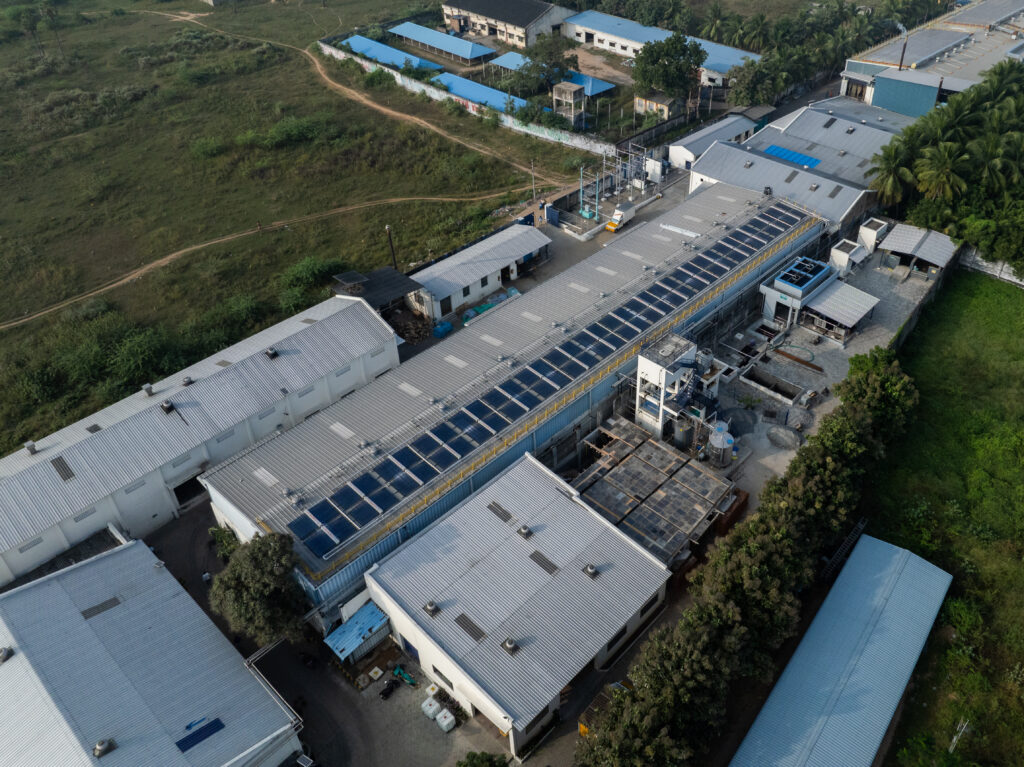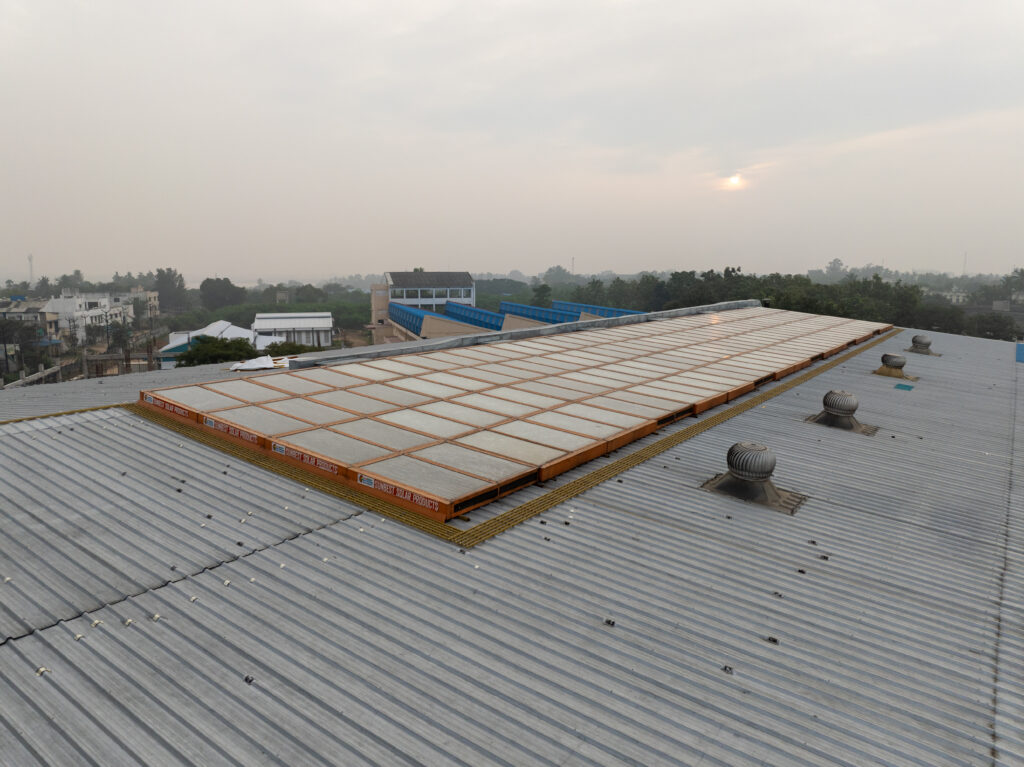From Farm to Factory: Solar Air Drying Systems for Efficient Agri Crop Drying
In agriculture, the journey from farm to consumer involves critical stages where preserving quality and minimizing waste are paramount. One such crucial stage is crop drying, where the moisture content of harvested crops needs to be reduced to prevent spoilage and ensure market readiness. Traditionally, this process has been energy-intensive, relying heavily on fossil fuels and contributing to environmental degradation. However, with the advent of solar air drying systems, a sustainable and efficient alternative has emerged, transforming how crops are dried from farm to factory.
Understanding Solar Air Drying Systems
Solar air drying systems harness the power of the sun to effectively dry agricultural crops. These systems typically consist of solar collectors, fans or blowers, and a drying chamber. The solar collectors capture solar radiation and convert it into heat, which is then used to heat the air circulating through the drying chamber. This heated air absorbs moisture from the crops, facilitating evaporation and drying.
Benefits of Solar Air Drying Systems
1. Environmentally Friendly:
Solar air drying systems operate using renewable solar energy, significantly reducing greenhouse gas emissions compared to traditional drying methods reliant on fossil fuels.
2. Cost-Effective:
Once installed, solar drying systems have minimal operating costs since they rely on free solar energy. This can lead to long-term savings for farmers and agricultural enterprises.
3. Preservation of Crop Quality:
Controlled drying with solar systems helps preserve the nutritional content, color, and overall quality of crops, ensuring higher market value and reducing post-harvest losses.
4. Versatility:
Solar drying systems can be adapted to dry a wide range of agricultural products, including grains, fruits, vegetables, herbs, and medicinal plants, catering to diverse farming needs.
Applications Across Agricultural Sectors
Grain Drying:
In grain farming, proper drying is crucial to prevent mold growth and maintain grain quality. Solar air drying systems offer a reliable method to achieve optimal moisture levels without compromising grain integrity.
Fruit and Vegetable Drying:
Solar drying is particularly beneficial for fruits and vegetables, where maintaining color, flavor, and nutrient content is essential for consumer appeal. Solar dryers provide gentle drying conditions that help retain these qualities.
Medicinal and Herbal Drying:
For farmers cultivating medicinal herbs and plants, solar drying ensures that bioactive compounds remain intact, enhancing the efficacy of herbal products.
Case Study: SunBest Solar in Agricultural Drying
SunBest Solar has been a pioneer in integrating solar air drying systems into agricultural practices. Collaborating with farmers across diverse regions, SunBest Solar has demonstrated the efficiency and reliability of solar dryers in improving crop quality and reducing drying time. By customizing solutions to local conditions and crop varieties, SunBest Solar has empowered farmers to adopt sustainable drying practices, thereby supporting both environmental conservation and economic viability.
Conclusion
The adoption of solar air drying systems marks a significant step towards sustainable agriculture, offering farmers a practical solution to enhance crop drying efficiency while minimizing environmental impact. As the global agricultural sector embraces renewable energy solutions, the role of solar drying systems in preserving crop quality and optimizing resource use cannot be overstated. From farm to factory, solar air drying systems are paving the way towards a greener, more resilient agricultural future.
In conclusion, the integration of solar air drying systems represents a transformative approach to crop drying, aligning agricultural practices with environmental sustainability goals. As the agricultural sector continues to evolve, the adoption of solar drying technologies promises to play a pivotal role in enhancing efficiency, reducing costs, and preserving crop quality from farm to factory.
From Farm to Factory: Solar Air Drying Systems for Efficient Agri Crop Drying




